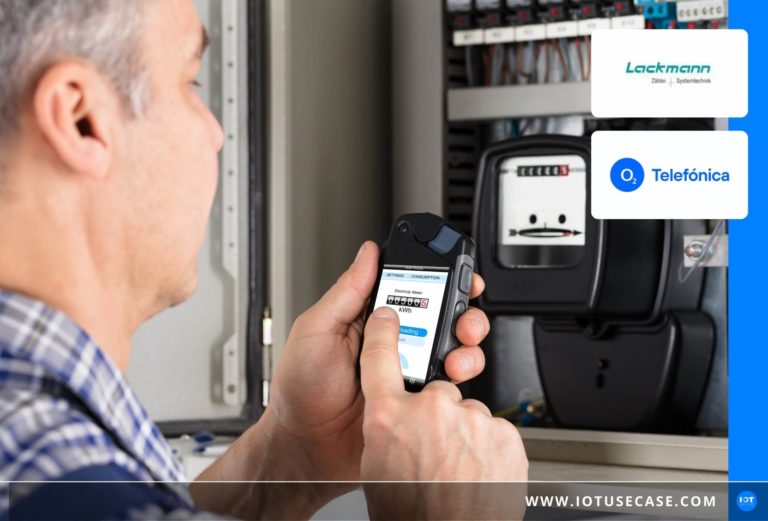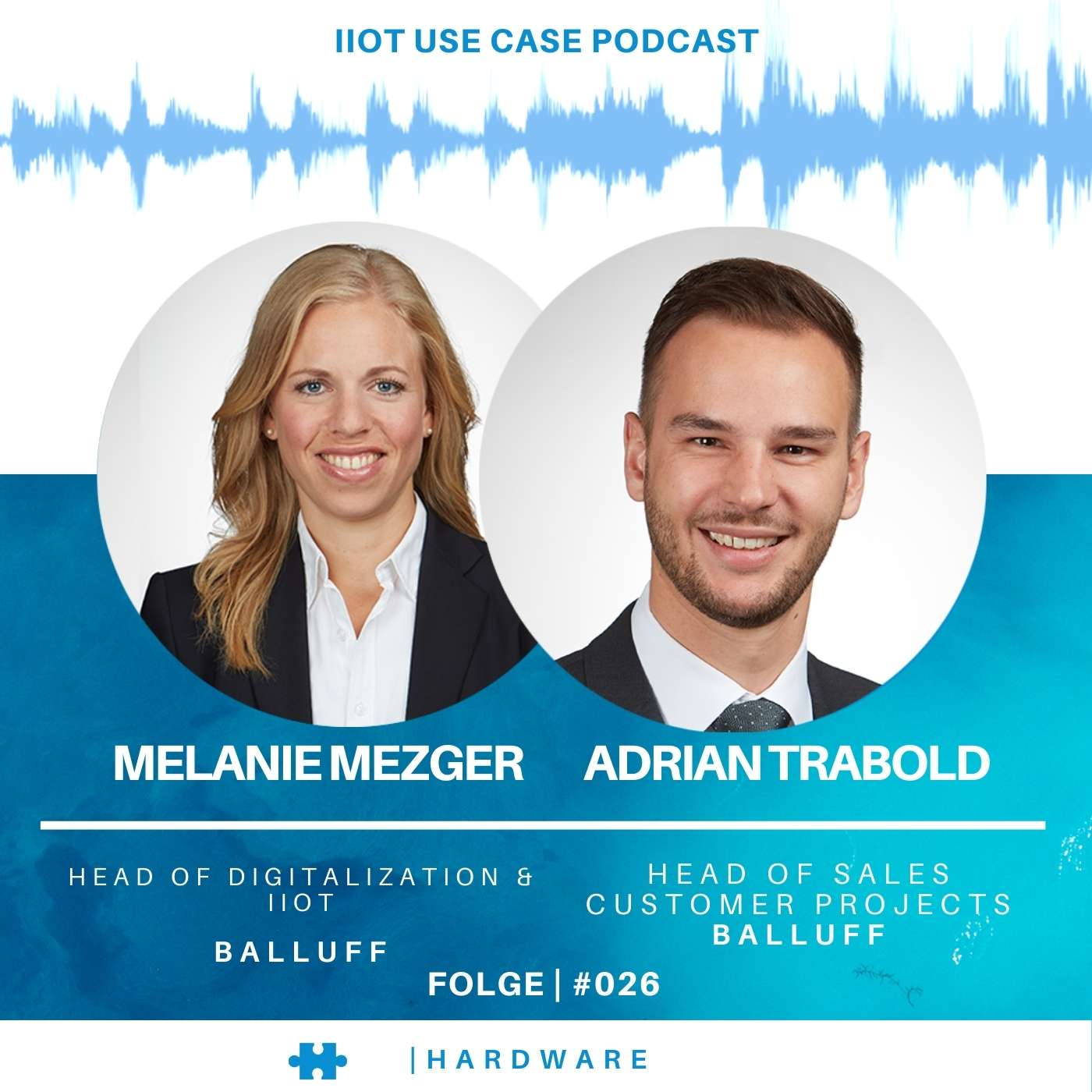Quality problems in the production of stamped and bent metal parts require data for analysis and sensors to provide it. A large number of data points are captured by condition monitoring which enables analysis and thus faster identification of the causes of defects.
The problem: Quality problems with stamped metal parts
A manufacturer of stamped and bent metal parts that supplies the automotive industry, among others, had quality problems for a while. Some of their machines produced low-quality parts that did not meet customer requirements. A cause for this problem was not apparent at first glance.
The workshop manager therefore examined the data provided by some existing sensors. He also took into account additional data such as running times and shift schedules. Nevertheless, he did not succeed in determining the cause of the error. Data analytics and machine learning are helpful in this situation, but the data base available to date has not been sufficient for their use.
Therefore, it was decided by the management to equip the production facilities with additional sensors. For one, they wanted to identify the causes of machine downtimes and quality problems. The second requirement was to permanently store all data from the existing and new sensors to enable long-term analyses and to be able to derive measures to increase production efficiency.
The solution: sensor technology and many data points for correct analysis
The company turned to Balluff GmbH in Neuhausen auf den Fildern near Stuttgart. The specialist for automation and sensor technology recommended retrofitting with sensors and the use of a monitoring application. Each machine was equipped with condition monitoring sensors from Balluff and a temperature sensor at the belt infeed. This was used, among other things, to measure vibrations and temperatures over a longer period of time on all process-critical components of the entire production plant.
The transmission protocol for the collected data is IO-Link. IO-Link is an interface for intelligent sensors and actuators. The data is sent to a master IO-Link device by several IO-Link-enabled sensors. The master IO-Link in turn forwards it to the IT level via a corresponding connection.
The sensor data is merged with data from other systems (MES, ERP, QA) by a special analysis apllication, allowing process-relevant correlations to be established. The application not only visualizes the data, it also stores it in a long-term archive that makes it easier to identify patterns and deviations. If, for example, the temperature of a mold rises above the normal range and this has been defined in advance as process-critical for the entire plant, the system issues a warning message. Employees can then intervene accordingly.
Balluff’s solutions for condition monitoring can be operated both in the existing IT infrastructure and on common cloud platforms. For this, the IO-Link system requires an additional IoT (Internet of Things) component. It works as a gateway that sends the data to the cloud application via mobile communications.
The result: Quality problems are detected at an early stage
The manufacturer is now able to detect deviations and errors in the production process at an early stage thanks to the complete data determination. The company avoids quality problems and machine downtime. In addition, the data archive lays the foundation for predictive maintenance. Data analytics and machine learning algorithms detect malfunctions in advance so that failures can be minimized and planned maintenance or repairs become possible.







